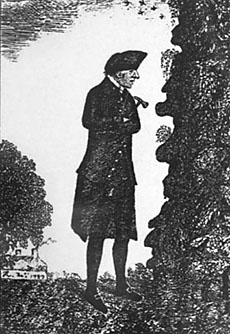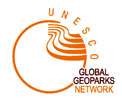Historical evolution of geotourism
In
1992 , the PROGEO - European Association for the Maintenance of the
Geological Patrimony was born in Europe. Its purpose was to stimulate
this Patrimony and the protection of sites and landscapes which have
geological interest in Europe. In 1996, IUGS (International Union of
Geological Sciences) began the Geosites Project, whose goal was to elaborate
the inventory and database of interesting places to promote geomaintenance.
Since then, geological services from many countries began inventories
of national sites with geological interest, defined as areas showing
one or many important characteristics inside a region's geological history.
In the most developed countries, these areas are considered fundamental
part of the natural patrimony.
Also,
since 1996 Unesco has prepared the Geoparks Program - protected areas
with well defined limits that contain places of geological interest
with special scientific importance, singularity or beauty, that represent
the geological history of a region or events and processes that formed
them. In developed countries, as a demonstration of respect for the
planet, geological monuments are demarcated as historical places and
sometimes transformed into outside museums with outdoors giving information
about their geological evolution.
On
the highways, outdoors show places of geological interest; treks, maps
and other products are sold allowing the guy to get acquaintted with geological
history.Brazil is Mondial Patrimony signatory, international convention
for protection of cultural and natural sites. In 1997 there was the first
meeting of SIGEP - Brazilian Commission for Paleobiological and Geological
Sites - formed by ten brazilian entities connected to geology, environment,
paleontology and historic patrimony. SIGEP, actuating for almost one decade,
has elaborated the book "Brazil Geological and Paleontological Sites"
connecting 154 interesting sites. |








